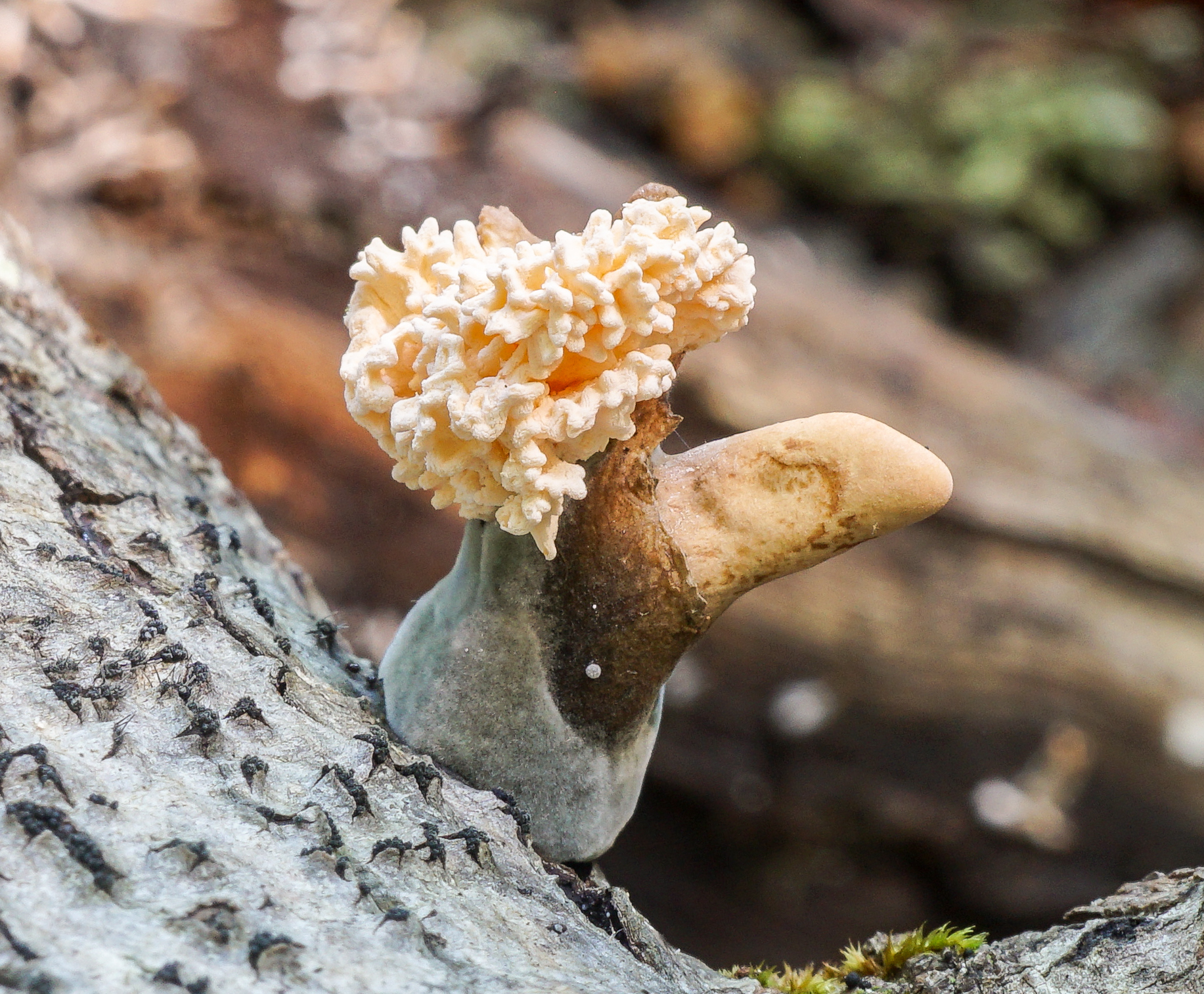|
Thamnomyces
''Thamnomyces'' is a genus of fungi in the family Xylariaceae. First described by German botanist Christian Gottfried Ehrenberg in 1820, as of 2008, the genus contains four or five species. References External links *Thamnomyces' at Index Fungorum ''Index Fungorum'' is an international project to index all formal names (scientific names) in the fungus kingdom. As of 2015, the project is based at the Royal Botanic Gardens, Kew, one of three partners along with Landcare Research and th ... Xylariales Ascomycota genera Taxa named by Christian Gottfried Ehrenberg {{Xylariales-stub ... [...More Info...] [...Related Items...] OR: [Wikipedia] [Google] [Baidu] |
Xylariaceae
The Xylariaceae are a family of mostly small ascomycetous fungi. It is one of the most commonly encountered groups of ascomycetes and is found throughout the temperate and tropical regions of the world. They are typically found on wood, seeds, fruits, or plant leaves, some even associated with insect nests. Most decay wood and many are plant pathogens. One example of this family is King Alfred's Cake ('' Daldinia concentrica''). Phylogenetic analyses published in 2009 suggest that there are two main lineages in this family, Hypoxyloideae and Xylarioideae. Genera This is a complete list of genera in the Xylariaceae, based on the 2007 Outline of Ascomycota. A question mark before the genus name indicates that the placement of that taxon in this family is uncertain. '' Amphirosellinia'' — '' Annulohypoxylon'' — '' Anthostomella'' — '' Appendixia'' — '' Areolospora'' — ?'' Ascotricha'' — '' Ascovirgaria'' — '' Astrocystis'' — '' Bar ... [...More Info...] [...Related Items...] OR: [Wikipedia] [Google] [Baidu] |
Fungi
A fungus (: fungi , , , or ; or funguses) is any member of the group of eukaryotic organisms that includes microorganisms such as yeasts and mold (fungus), molds, as well as the more familiar mushrooms. These organisms are classified as one of the kingdom (biology)#Six kingdoms (1998), traditional eukaryotic kingdoms, along with Animalia, Plantae, and either Protista or Protozoa and Chromista. A characteristic that places fungi in a different kingdom from plants, bacteria, and some protists is chitin in their cell walls. Fungi, like animals, are heterotrophs; they acquire their food by absorbing dissolved molecules, typically by secreting digestive enzymes into their environment. Fungi do not photosynthesize. Growth is their means of motility, mobility, except for spores (a few of which are flagellated), which may travel through the air or water. Fungi are the principal decomposers in ecological systems. These and other differences place fungi in a single group of related o ... [...More Info...] [...Related Items...] OR: [Wikipedia] [Google] [Baidu] |
Ascomycota
Ascomycota is a phylum of the kingdom Fungi that, together with the Basidiomycota, forms the subkingdom Dikarya. Its members are commonly known as the sac fungi or ascomycetes. It is the largest phylum of Fungi, with over 64,000 species. The defining feature of this fungal group is the "ascus" (), a microscopic sexual reproduction, sexual structure in which nonmotile spores, called ascospores, are formed. However, some species of Ascomycota are Asexual reproduction, asexual and thus do not form asci or ascospores. Familiar examples of sac fungi include morels, truffles, yeast#Beer, brewers' and bakers' yeast, Xylaria, dead man's fingers, and cup fungi. The fungal symbionts in the majority of lichens (loosely termed "ascolichens") such as ''Cladonia'' belong to the Ascomycota. Ascomycota is a monophyletic group (containing all of the descendants of a common ancestor). Previously placed in the Basidiomycota along with asexual species from other fungal taxa, asexual (or Teleomorph, ... [...More Info...] [...Related Items...] OR: [Wikipedia] [Google] [Baidu] |
Ascomycetes
Ascomycota is a phylum of the kingdom Fungi that, together with the Basidiomycota, forms the subkingdom Dikarya. Its members are commonly known as the sac fungi or ascomycetes. It is the largest phylum of Fungi, with over 64,000 species. The defining feature of this fungal group is the " ascus" (), a microscopic sexual structure in which nonmotile spores, called ascospores, are formed. However, some species of Ascomycota are asexual and thus do not form asci or ascospores. Familiar examples of sac fungi include morels, truffles, brewers' and bakers' yeast, dead man's fingers, and cup fungi. The fungal symbionts in the majority of lichens (loosely termed "ascolichens") such as '' Cladonia'' belong to the Ascomycota. Ascomycota is a monophyletic group (containing all of the descendants of a common ancestor). Previously placed in the Basidiomycota along with asexual species from other fungal taxa, asexual (or anamorphic) ascomycetes are now identified and classified based ... [...More Info...] [...Related Items...] OR: [Wikipedia] [Google] [Baidu] |
Xylariales
The Xylariales are an order (biology), order of fungi within the class (biology), class Sordariomycetes (also known as Pyrenomycetes), subdivision Pezizomycotina, division (mycology), division Ascomycota. It was the original order of the Class (taxonomy), subclass Xylariomycetidae. Xylariales was circumscription (taxonomy), circumscribed in 1932 by Swedish mycologist John Axel Nannfeldt, and Xylariomycetidae by Ove Erik Eriksson and Katarina Winka in 1997. Taxonomy Early classifications of the Xylariales varied considerably, with taxonomists recognising anywhere from three to eleven family (biology), families within the order. A milestone in understanding the order's composition came from Smith, Liew, and Hyde's 2003 molecular phylogenetics study, which established the Xylariales as a monophyletic group containing seven families: Amphisphaeriaceae, Apiosporaceae, Clypeosphaeriaceae, Diatrypaceae, Graphostromataceae, Hyponectriaceae, and Xylariaceae. During this period, fungi in ... [...More Info...] [...Related Items...] OR: [Wikipedia] [Google] [Baidu] |
Christian Gottfried Ehrenberg
Christian Gottfried Ehrenberg (19 April 1795 – 27 June 1876) was a German Natural history, naturalist, zoologist, Botany, botanist, comparative anatomist, geologist, and microscopy, microscopist. He is considered to be one of the most famous and productive scientists of his time. Early collections The son of a judge, Christian Gottfried Ehrenberg was born in Delitzsch, near Leipzig. He first studied theology at the University of Leipzig, then medicine and natural sciences in Humboldt University of Berlin, Berlin and became a friend of the famous List of explorers, explorer Alexander von Humboldt. In 1818, he completed his doctoral dissertation on fungi, ''Sylvae mycologicae Berolinenses.'' In 1820–1825, on a scientific expedition to the Middle East with his friend Wilhelm Hemprich, he collected thousands of specimens of plants and animals. He investigated parts of Egypt, the Libyan Desert, the Nile, Nile valley and the northern coasts of the Red Sea, where he made a special ... [...More Info...] [...Related Items...] OR: [Wikipedia] [Google] [Baidu] |
Genus
Genus (; : genera ) is a taxonomic rank above species and below family (taxonomy), family as used in the biological classification of extant taxon, living and fossil organisms as well as Virus classification#ICTV classification, viruses. In binomial nomenclature, the genus name forms the first part of the binomial species name for each species within the genus. :E.g. ''Panthera leo'' (lion) and ''Panthera onca'' (jaguar) are two species within the genus ''Panthera''. ''Panthera'' is a genus within the family Felidae. The composition of a genus is determined by taxonomy (biology), taxonomists. The standards for genus classification are not strictly codified, so different authorities often produce different classifications for genera. There are some general practices used, however, including the idea that a newly defined genus should fulfill these three criteria to be descriptively useful: # monophyly – all descendants of an ancestral taxon are grouped together (i.e. Phylogeneti ... [...More Info...] [...Related Items...] OR: [Wikipedia] [Google] [Baidu] |
Fungi
A fungus (: fungi , , , or ; or funguses) is any member of the group of eukaryotic organisms that includes microorganisms such as yeasts and mold (fungus), molds, as well as the more familiar mushrooms. These organisms are classified as one of the kingdom (biology)#Six kingdoms (1998), traditional eukaryotic kingdoms, along with Animalia, Plantae, and either Protista or Protozoa and Chromista. A characteristic that places fungi in a different kingdom from plants, bacteria, and some protists is chitin in their cell walls. Fungi, like animals, are heterotrophs; they acquire their food by absorbing dissolved molecules, typically by secreting digestive enzymes into their environment. Fungi do not photosynthesize. Growth is their means of motility, mobility, except for spores (a few of which are flagellated), which may travel through the air or water. Fungi are the principal decomposers in ecological systems. These and other differences place fungi in a single group of related o ... [...More Info...] [...Related Items...] OR: [Wikipedia] [Google] [Baidu] |
Index Fungorum
''Index Fungorum'' is an international project to index all formal names (scientific names) in the fungus kingdom. As of 2015, the project is based at the Royal Botanic Gardens, Kew, one of three partners along with Landcare Research and the Institute of Microbiology, Chinese Academy of Sciences. It is somewhat comparable to the International Plant Names Index (IPNI), in which the Royal Botanic Gardens is also involved. A difference is that where IPNI does not indicate correct names, the ''Index Fungorum'' does indicate the status of a name. In the returns from the search page, a currently correct name is indicated in green, while others are in blue (a few, aberrant usages of names are indicated in red). All names are linked to pages giving the correct name, with lists of synonyms. ''Index Fungorum'' is one of three nomenclatural repositories recognized by the Nomenclature Committee for Fungi; the others are '' MycoBank'' and '' Fungal Names''. As of 2023, over a millio ... [...More Info...] [...Related Items...] OR: [Wikipedia] [Google] [Baidu] |
Ascomycota Genera
Ascomycota is a phylum of the kingdom Fungi that, together with the Basidiomycota, forms the subkingdom Dikarya. Its members are commonly known as the sac fungi or ascomycetes. It is the largest phylum of Fungi, with over 64,000 species. The defining feature of this fungal group is the "ascus" (), a microscopic sexual structure in which nonmotile spores, called ascospores, are formed. However, some species of Ascomycota are asexual and thus do not form asci or ascospores. Familiar examples of sac fungi include morels, truffles, brewers' and bakers' yeast, dead man's fingers, and cup fungi. The fungal symbionts in the majority of lichens (loosely termed "ascolichens") such as '' Cladonia'' belong to the Ascomycota. Ascomycota is a monophyletic group (containing all of the descendants of a common ancestor). Previously placed in the Basidiomycota along with asexual species from other fungal taxa, asexual (or anamorphic) ascomycetes are now identified and classified based on m ... [...More Info...] [...Related Items...] OR: [Wikipedia] [Google] [Baidu] |





